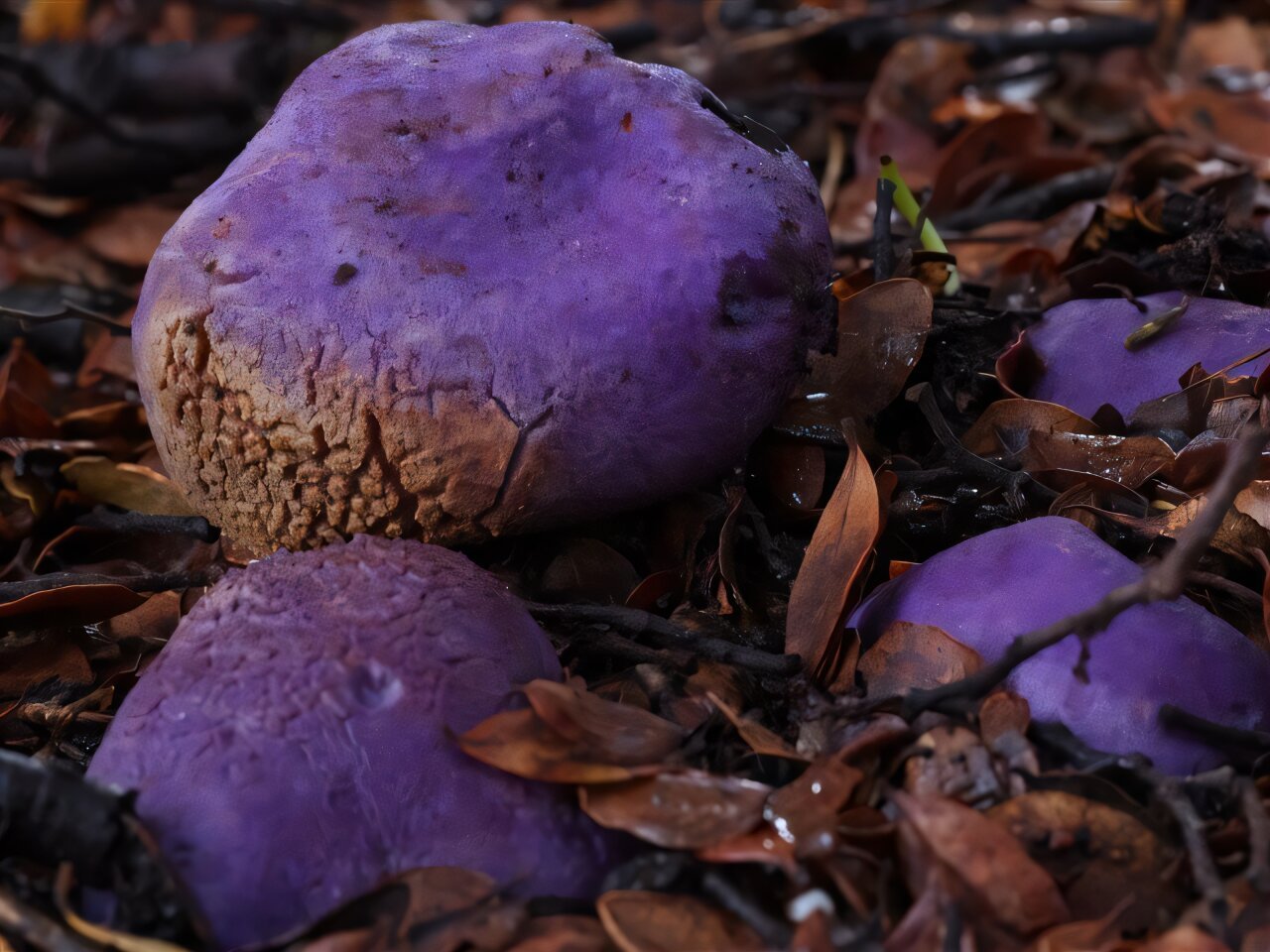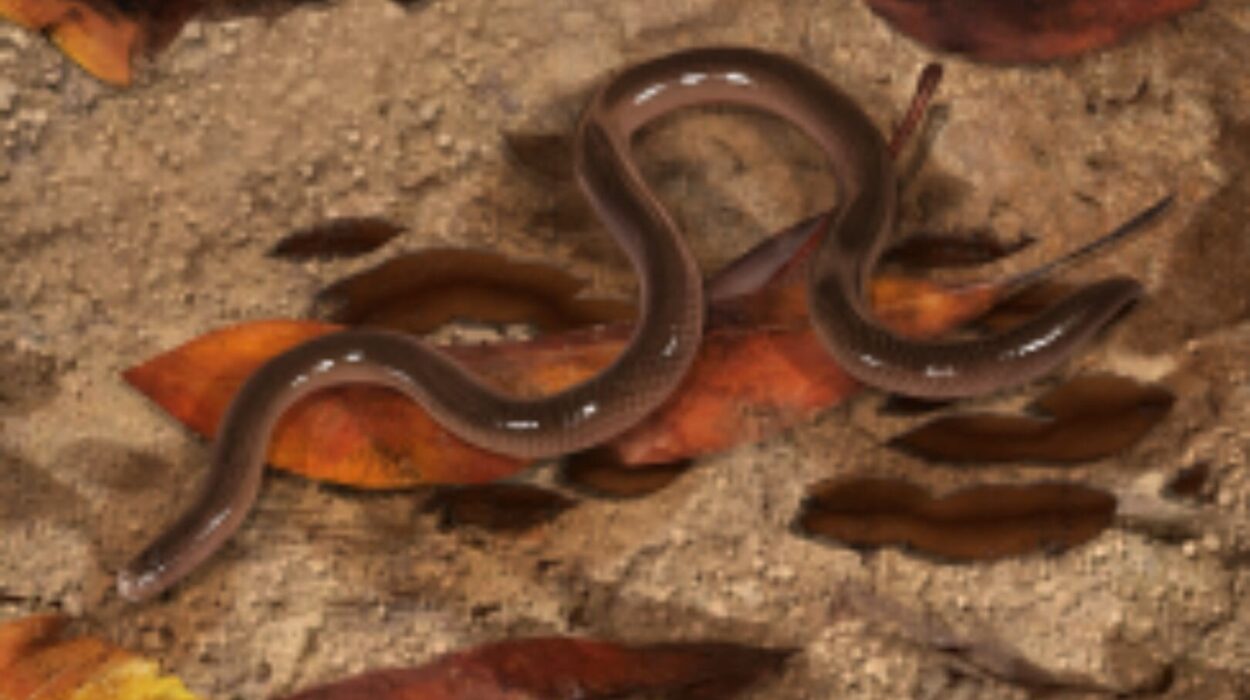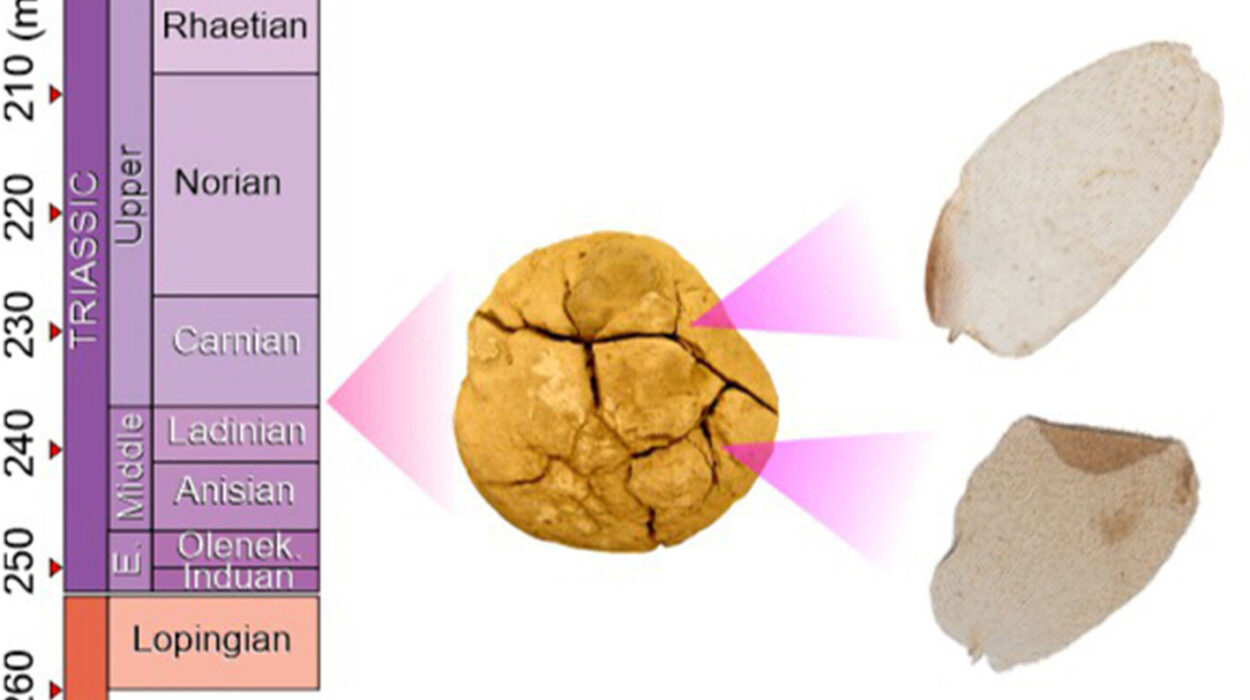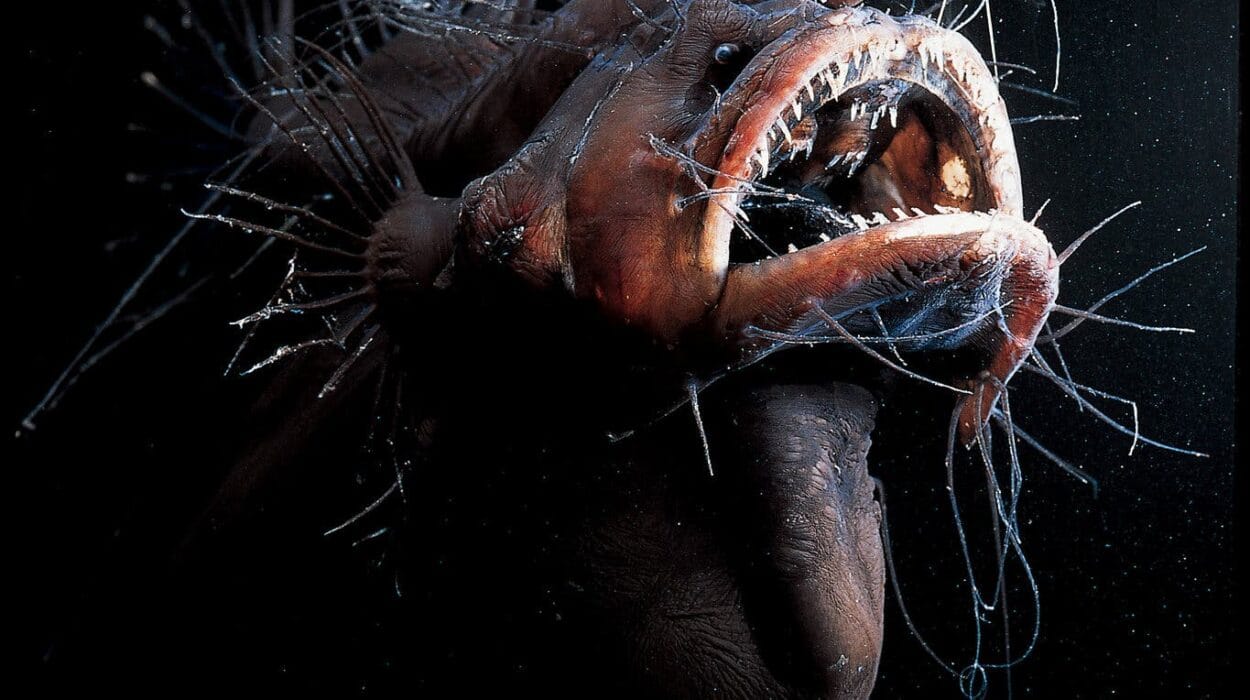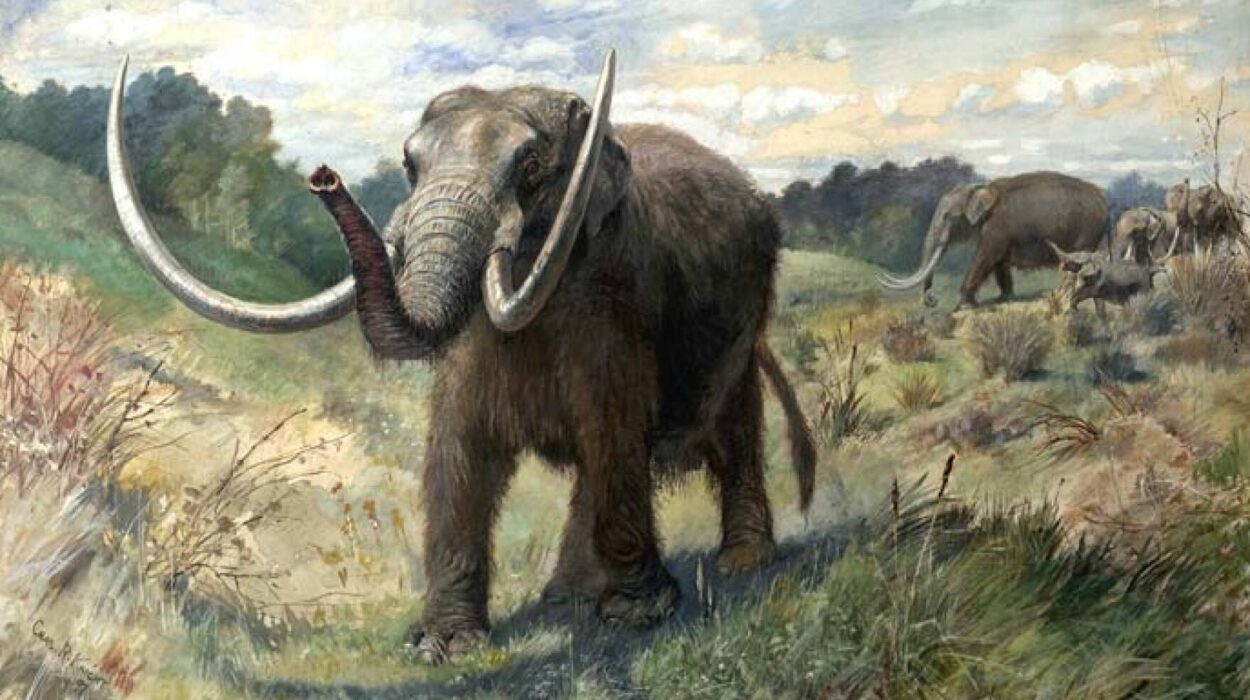A new study led by a team of environmental scientists from Manaaki Whenua-Landcare Research, the University of Adelaide, and the University of Auckland has uncovered a fascinating and previously unknown aspect of New Zealand’s ecological history. Their research, recently published in the journal Biology Letters, reveals that the now-extinct, flightless bird known as the moa once played a crucial role in dispersing truffle-like fungi across the New Zealand landscape. By analyzing DNA from fossilized moa dung, the researchers uncovered solid evidence that the moa consumed these fungi, providing essential insight into how ecosystems in New Zealand functioned before human arrival, and raising concerns about the state of those same ecosystems in light of current climate changes.
The Role of Truffles in Forest Health
Truffles, a type of underground fungus, form symbiotic relationships with tree roots, benefiting forests by aiding in the uptake of nutrients and water. These fungi, while relatively obscure in everyday life, play a vital role in forest ecosystems, particularly in regions like New Zealand. Their reproductive cycle, however, is dependent on a particular method of spore dispersal. As the fungi grow underground and do not have the ability to spread their spores on their own, they rely on other organisms—typically mammals or birds—to help disperse them to new areas where they can thrive.
In many parts of the world, small mammals such as squirrels or wild boars perform this task by digging up the fungi to eat and scattering their spores as they move. However, New Zealand’s unique ecological makeup lacks such mammals, leading to the reliance of truffles on birds to serve as their primary dispersers. Truffles need large birds capable of digging up the fungi from beneath the soil to access them. The moa, a giant, flightless bird, would have been the perfect candidate for this important role.
The Extinction of Moa and Its Implications
Sadly, the moa—once one of the dominant herbivores in New Zealand—was hunted to extinction by humans in the 1400s. The birds were large, with some species growing up to 3.6 meters tall, and had no natural predators in the region. As a result of human hunting and habitat changes, the moa disappeared from the island, leaving behind an ecological gap. As the world shifted to a human-dominated landscape, the crucial role the moa played in dispersing truffle spores vanished along with them.
While New Zealand’s native forests and truffles had adapted to the presence of these giant birds for millennia, their extinction left the forests vulnerable to disruptions in spore dispersal. Without a reliable mechanism for truffle dispersal, the fungi could struggle to propagate effectively across the landscape, weakening the vital relationships they share with trees.
Discovering the Evidence: A Fossilized Poop Trail
Until now, no direct evidence had been found linking moa to the consumption of truffles. However, researchers unearthed fossilized coprolites (prehistoric dung) from two different sources that confirmed their hypothesis. The first was a sample discovered in a cave near the upper Tākaka River catchment in the northwest of Nelson, and the second was a specimen held in a museum collection. DNA testing on both samples revealed traces of several truffle species, including Gallacea scleroderma, which is still present in New Zealand forests today. The presence of these fungi in the moa dung offered hard evidence that the birds had fed on the truffles, consuming them and playing a direct role in dispersing their spores.
This discovery provides crucial insights into New Zealand’s natural history, suggesting that moa not only foraged on plants and grasses but also engaged in a mutualistic relationship with fungi, helping maintain healthy forest ecosystems. The loss of the moa and its role in spore dispersal raises concerns about the long-term viability of New Zealand’s forest systems, especially as the climate continues to change.
Climate Change and the Fragility of New Zealand’s Ecosystems
As the global climate warms, the ecosystems of many regions are undergoing significant transformations. In New Zealand, climate change is contributing to altered precipitation patterns, shifting humidity levels, and varying temperature conditions. In the face of these challenges, plants and animals must adapt in order to survive. The findings of the moa-truffle relationship take on increased importance in this context, as the changing climate is expected to put even more pressure on already vulnerable ecosystems.
One key point raised by the research is the reliance of truffles on bird species like the moa to disperse their spores. With moa extinct for centuries, and with the disappearance of other native birds that might have taken on a similar role, truffles could face significant challenges in establishing new colonies as the climate shifts. Without a robust spore disperser, the truffles may be unable to expand their range or maintain genetic diversity, which could result in a decline in the overall health of forest ecosystems dependent on these fungi.
Moreover, truffles are symbiotically linked to the roots of trees, helping them access essential nutrients from the soil. If the truffles struggle to thrive or disappear altogether, this will also harm the forests’ ability to adapt to changing conditions. The loss of truffle species could leave trees vulnerable, making it more difficult for forests to adjust to the new climate or to combat the spread of disease and pests. New Zealand’s forests may, therefore, be at significant risk if effective spore dispersers like the moa do not return.
The Path Forward: Can Truffles Persist in a Changing Climate?
This discovery of how crucial the moa once was in the dispersal of truffles adds an important layer to our understanding of New Zealand’s delicate ecological balance. Given the role of truffles in promoting forest health, the current lack of natural dispersers raises difficult questions about how these fungi—and consequently, the forests they support—will fare as the climate continues to change.
Researchers are now left considering ways to restore spore dispersal to New Zealand’s ecosystems. The introduction of species such as the large flightless Kakapo or kiwi, which are native to New Zealand, might offer one potential solution for reintroducing spore dispersal mechanisms. However, this approach would require careful consideration, as there are inherent risks with reintroducing species into ecosystems that have already shifted significantly since the extinction of the moa.
Another approach may involve carefully monitoring the state of truffle populations and attempting to support their growth in areas where they are still found. Efforts to artificially re-establish dispersal mechanisms, such as creating networks of truffle-spore-carrying bird species or utilizing technological solutions, could also help mitigate some of the effects caused by the loss of moa.
Conclusion: An Extinct Bird’s Forgotten Role in a Changing World
The relationship between the moa and truffles in New Zealand serves as a powerful reminder of the intricate balance that defines ecosystems. The moa, a majestic bird that has been gone for more than 600 years, played a pivotal ecological role—dispersing spores and maintaining the health of native forests. The discovery that the moa consumed truffles provides a unique glimpse into the biodiversity and ecological processes that existed before human intervention.
As New Zealand’s climate continues to change, the forests that rely on these critical fungi for their health face a precarious future. What we’ve learned from the moa-truffle connection highlights both the vulnerability and resilience of ecosystems in a time of rapid environmental change. If the loss of dispersers like the moa is not mitigated, the delicate balance between the species may fall apart, with wide-reaching consequences for the landscape. Understanding these historical interactions can offer new insights and potential solutions for conservationists working to safeguard the future of New Zealand’s iconic forests.
Reference: Alexander P. Boast et al, DNA and spores from coprolites reveal that colourful truffle-like fungi endemic to New Zealand were consumed by extinct moa (Dinornithiformes), Biology Letters (2025). DOI: 10.1098/rsbl.2024.0440
